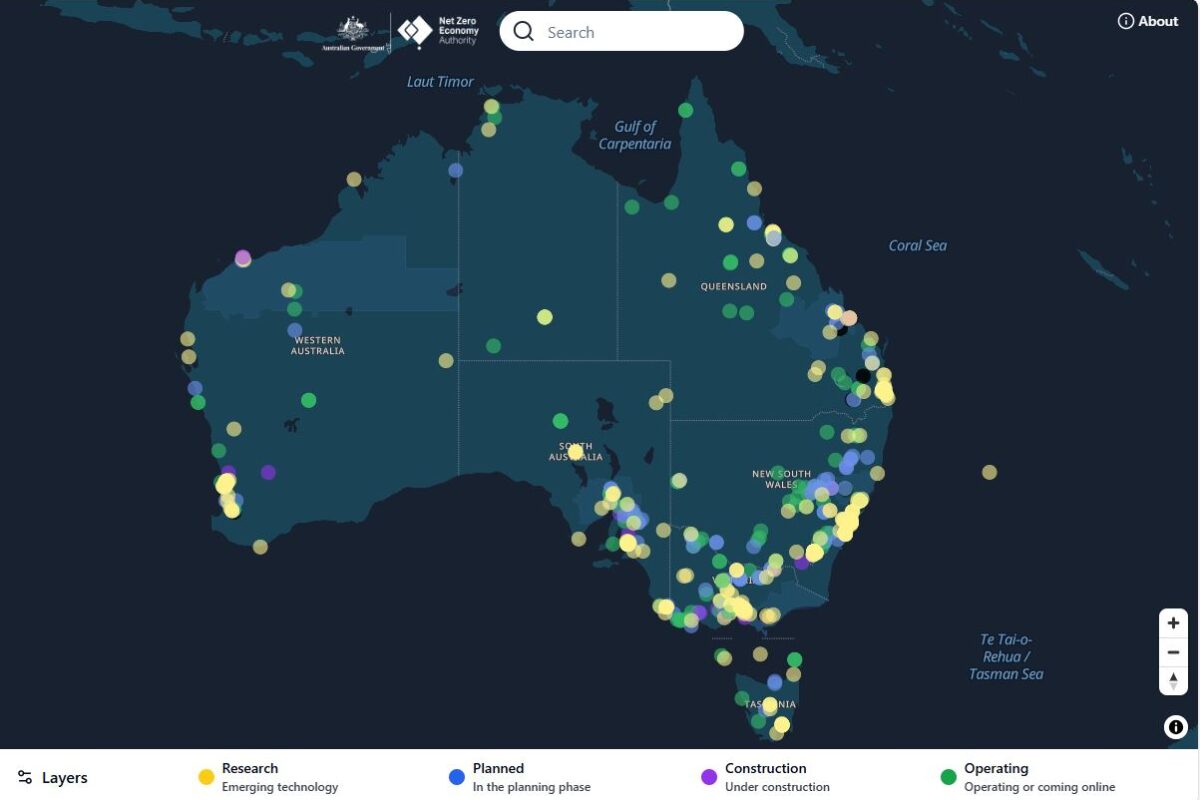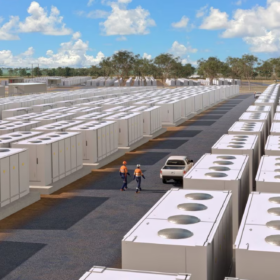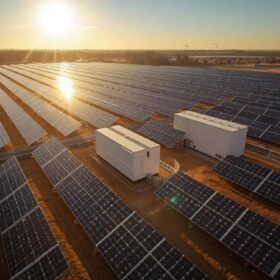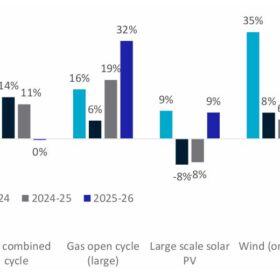Sunshine Coast Airport (SCA) in Queensland’s southeast has launched a new rooftop solar system with more than 320 solar panels now fixed to the passenger terminal roof, marking a significant step towards the airport’s goal of achieving 50% renewable energy use by 2030.
SCA Chief Executive Chris Mills said the new 190.24 kW system will provide a clean, renewable source of energy that will reduce the airport’s reliance on grid-sourced electricity by 17% and help lower the operation’s Scope 2 emissions.
“Harnessing solar energy is a crucial step on our sustainability journey. This project will help reduce our carbon footprint and lower the airport’s energy consumption,” he said.
“All energy generated through the rooftop solar will be used to power the main terminal and there is room to grow the project following the future domestic terminal expansion.”
Mills said the solar project is part of a broader push for more sustainability initiatives at the airport, including new waste management and recycling programs, environmental offsets and management of “ecologically significant areas within the airport precinct”.
“Projects and initiatives like solar and waste diversion will become increasingly important as the airport continues to grow,” he said. “These are all important projects and the airport is focused on finding new and innovative opportunities to advance our environment and sustainability initiatives.”
SCA is one of multiple Australian airports embracing solar with decarbonisation becoming an increasing focus for the aviation industry.
Adelaide Airport earlier this year completed a 2.3 MW expansion of its PV generation capacity, boosting the airport’s total capacity to 3.5 MWp of solar installed. Melbourne Airport has also turned to solar as part of its decarbonisation journey, with a 12 MW behind-the-meter solar farm and has plans in place to construct a 7.5 MW solar farm adjacent to the existing facility.
Brisbane Airport in January announced it is 100% powered by renewable energy, a milestone achieved thanks to 10 MW of onsite solar generation in combination with a 100% renewable energy power purchase agreement with state-owned generator Stanwell.
This content is protected by copyright and may not be reused. If you want to cooperate with us and would like to reuse some of our content, please contact: editors@pv-magazine.com.









By submitting this form you agree to pv magazine using your data for the purposes of publishing your comment.
Your personal data will only be disclosed or otherwise transmitted to third parties for the purposes of spam filtering or if this is necessary for technical maintenance of the website. Any other transfer to third parties will not take place unless this is justified on the basis of applicable data protection regulations or if pv magazine is legally obliged to do so.
You may revoke this consent at any time with effect for the future, in which case your personal data will be deleted immediately. Otherwise, your data will be deleted if pv magazine has processed your request or the purpose of data storage is fulfilled.
Further information on data privacy can be found in our Data Protection Policy.